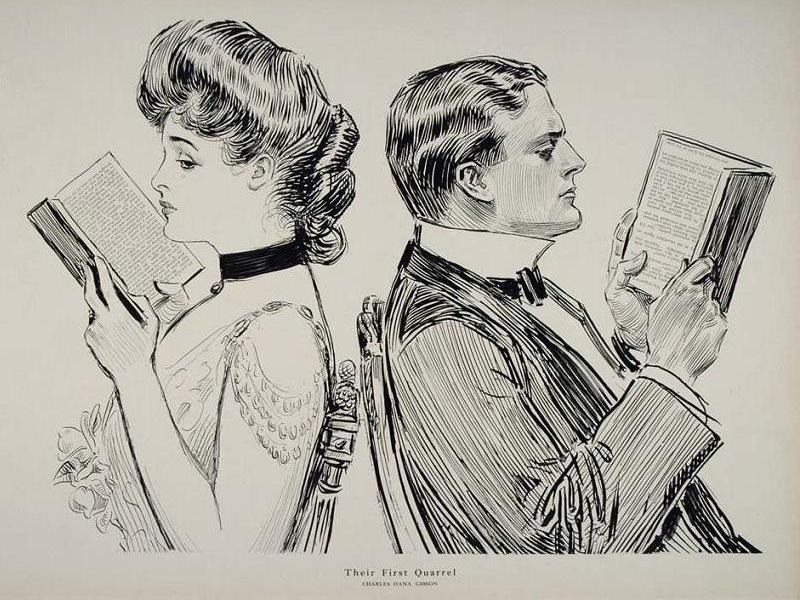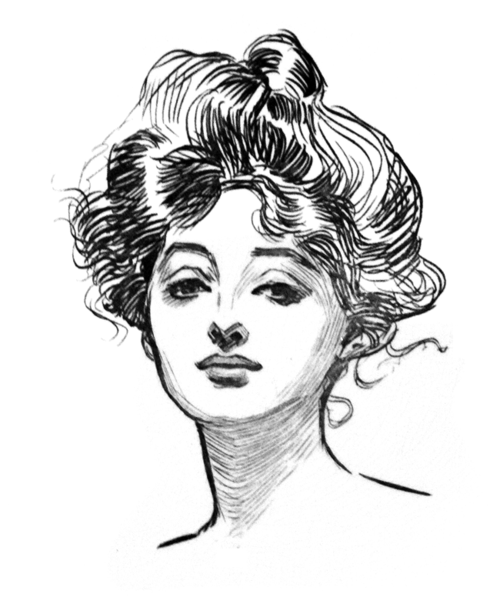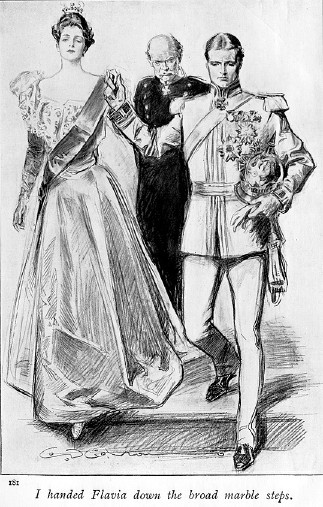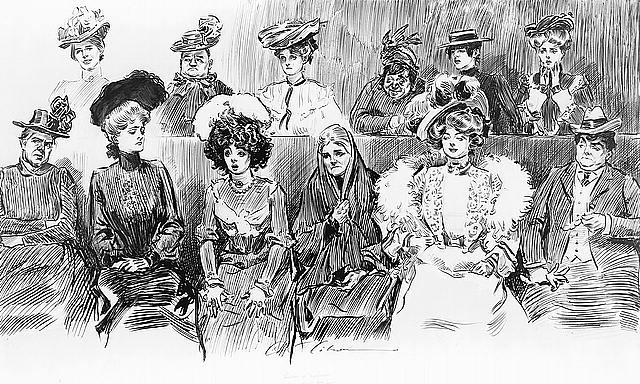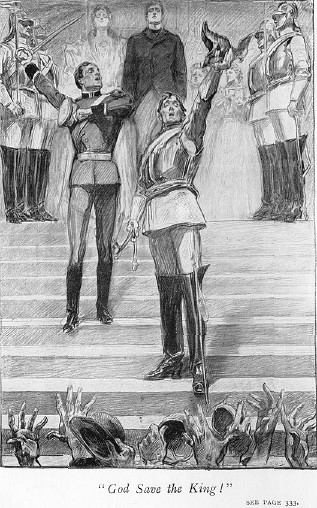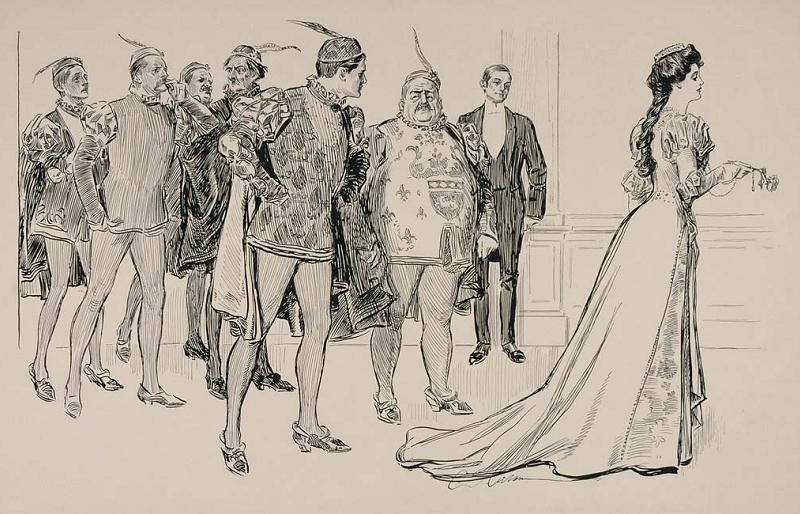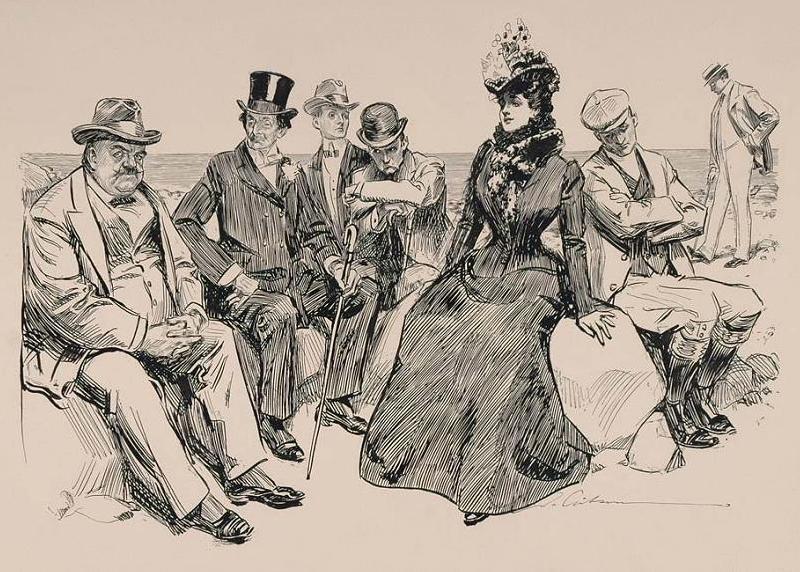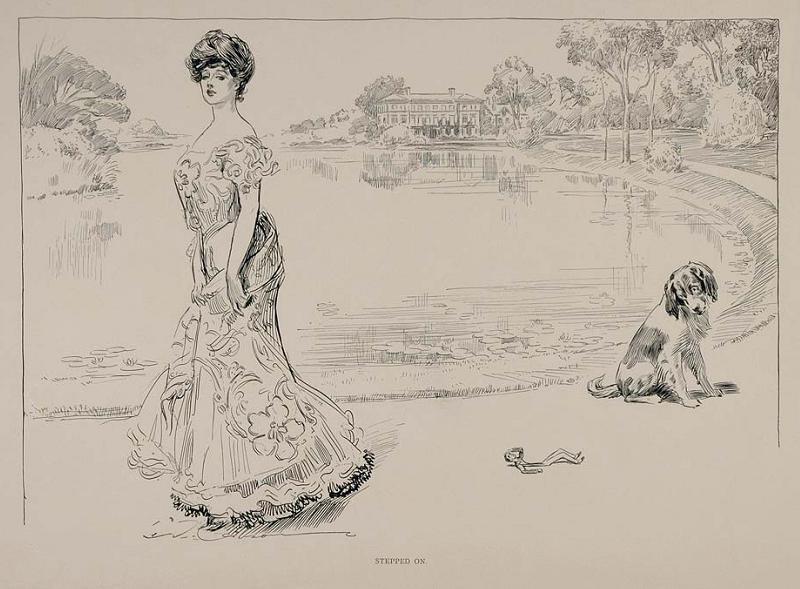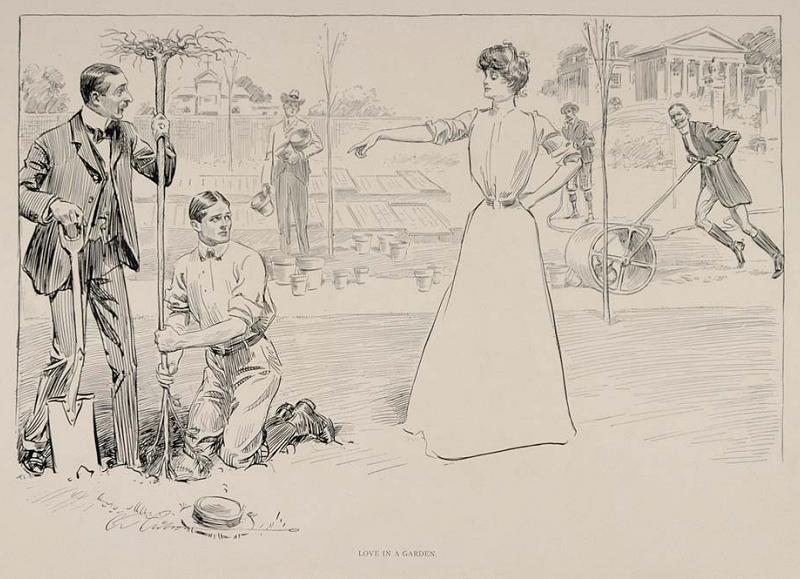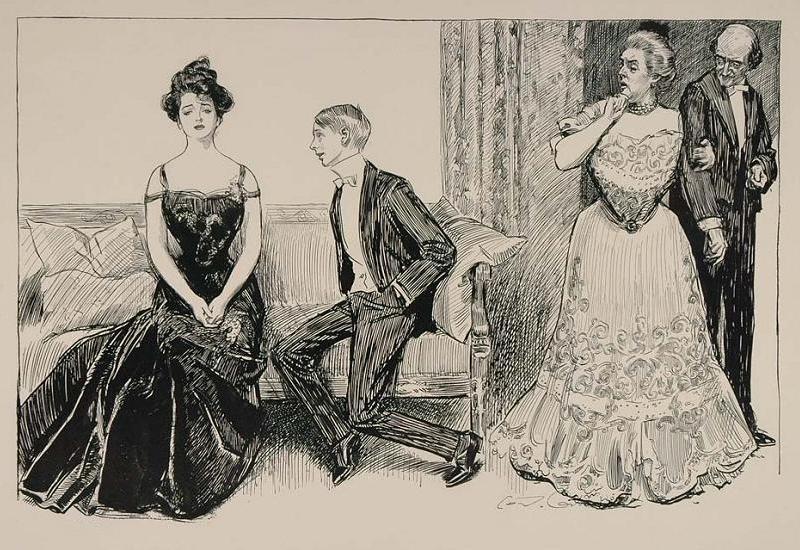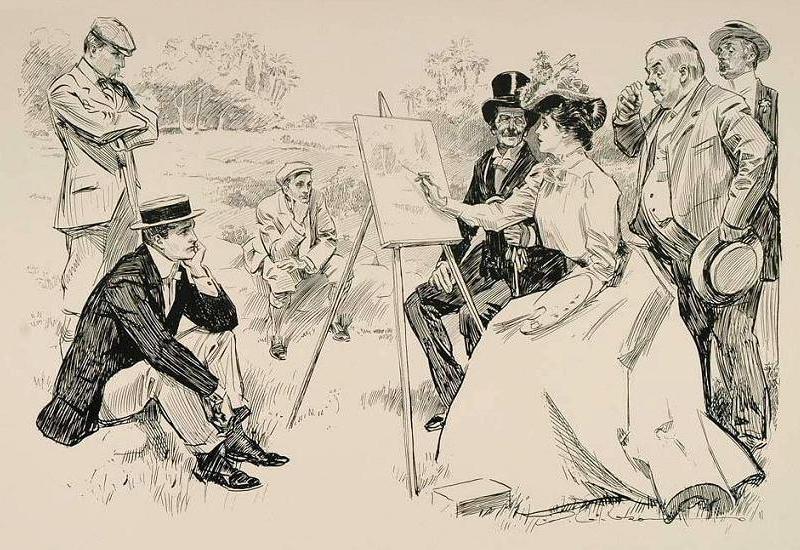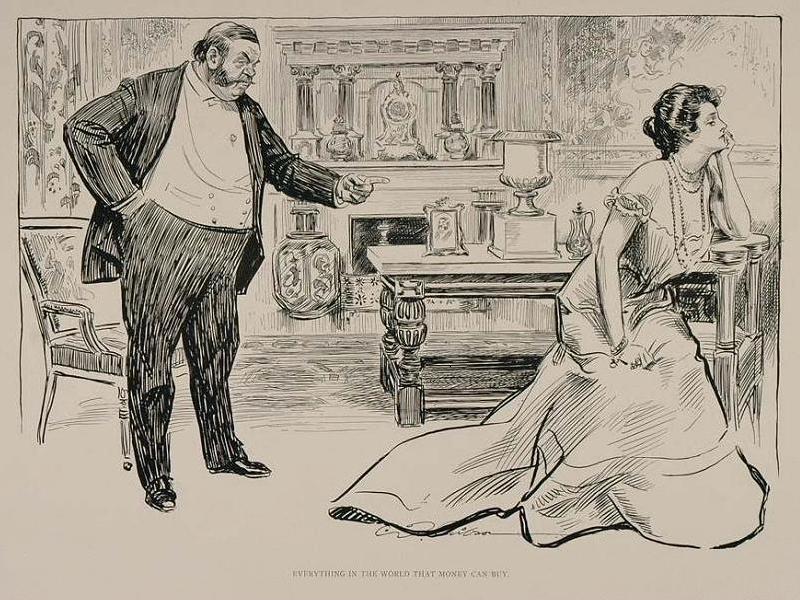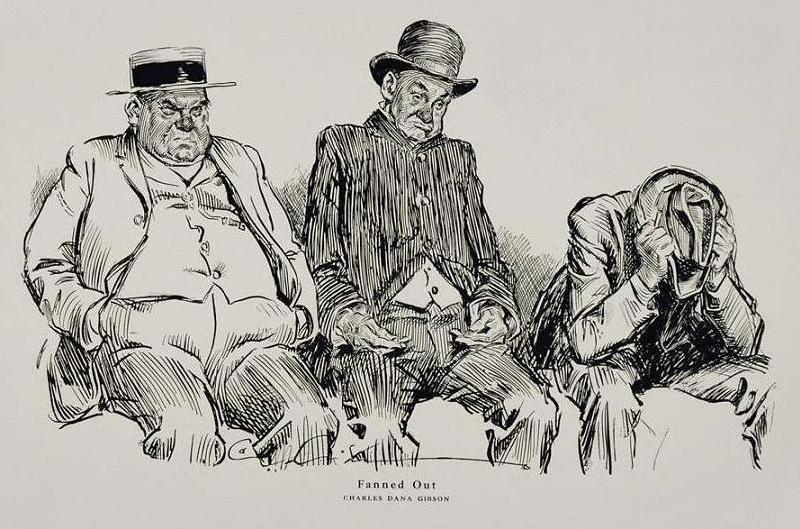<Back to Index>
- Microbiologist Sergei Nikolaievich Winogradsky, 1856
- Illustrator Charles Dana Gibson, 1867
- Lieutenant General of the Soviet Army Andrey Andreyevich Vlasov, 1900
PAGE SPONSOR
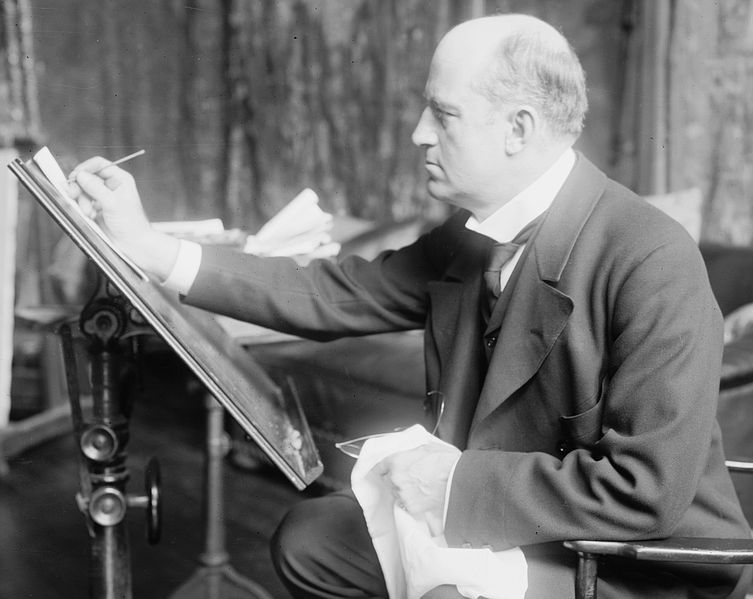
Charles Dana Gibson (September 14, 1867 – December 23, 1944) was an American graphic artist, best known for his creation of the Gibson Girl, an iconic representation of the beautiful and independent American woman at the turn of the 20th century.
Gibson was born in Roxbury, Massachusetts, to Charles DeWolf Gibson and Josephine Elizabeth Lovett. He was the great - grandson of U.S. Senator James DeWolf and the great - great - grandson of U.S. Senator William Bradford. A talented youth, he was enrolled by his parents in the Art Students League, Manhattan. He studied there for two years before leaving to find work.
Peddling his pen - and - ink sketches, he sold his first work in 1886 to John Ames Mitchell's Life.
His works appeared weekly in the magazine for over 30 years. He quickly
built a wider reputation, his works appearing in all the major New York
publications, Harper's Weekly, Scribners and Collier's. His illustrated books include the 1898 editions of Anthony Hope's The Prisoner of Zenda and its sequel Rupert of Hentzau. The development of the Gibson Girl from 1890 and her nationwide fame made Gibson respected and wealthy. In 1895, he married Irene Langhorne, born in Danville, Virginia, a sister of Nancy Astor, the first woman to serve as a Member of Parliament in the British House of Commons. The
elegant Langhorne sisters, born to a once wealthy Virginia family
devastated by the Civil War, served as the inspiration for the famous
Gibson Girls. He became the editor and eventual owner of Life after the death of Mitchell in 1918. The popularity of the Gibson Girl faded after World War I, and Gibson took to working with oils for his own pleasure. Almost unrestricted merchandising saw his distinctive sketches appear in many forms. The Gibson is named after him, as he favored ordering gin martinis with a pickled onion garnish in place of the traditional olive or lemon zest. Gibson owned an island off of Islesboro, Maine, which came to be known as 700 Acre Island, where he and his wife spent an increasing amount of time through the years. He retired in 1936, the same year Scribner's published his biography, Portrait of an Era as Drawn by C.D. Gibson: A Biography by Fairfax Downey. On his death in 1944, Charles Dana Gibson was interred at Mount Auburn Cemetery in Cambridge, Massachusetts.
